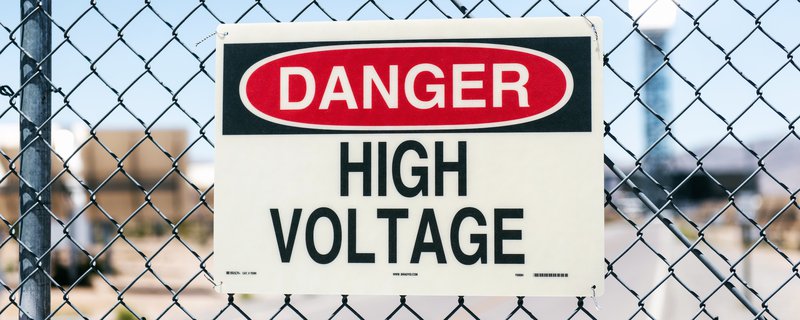When describing the overall requirements of the Quality Management Standard, we don't often mention safety obligations. It would seem that we only need to talk about those if there is also a safety management system.
However, safety obligations arise through local, state, and federal laws, which your business must comply with - whether or not you have a management system in place.

ISO 9001 and Legal & regulatory requirements
Legal & regulatory requirements come into the QMS under several clauses:
4.1 Context of the organisation
Legal and regulatory requirements should be considered in determining external issues that affect the organisation's ability to achieve the intended results of the QMS.
4.2 Interested Parties
Workers are definitely included in your list of interested parties, and they (and their families) are very interested in getting home safely.
Business owners and investors and your major customers are interested in the business continuing to operate, which may be threatened by any major safety incidents, or breaches of law.
Customers expect that your products and services comply with relevant safety standards and legislation.
8.2 Requirements for products and services
You must determine and review any statutory and regulatory requirements that apply to your products and services. These requirements must be taken into account in
- design inputs (clause 8.3),
- control of external providers (8.4),
- post delivery obligations (8.5).
These requirements will include things like Consumer Law and its warranty requirements, Fair Trading laws, Environmental Protection laws, Work Health and Safety laws, as well as product specific standards.
Other QMS clauses
Legal requirements can affect other parts of the QMS too - even if 'legal and regulatory' is not mentioned in the text of the clause. For example, certain medical devices implanted into the body have legal requirements for traceability (clause 8.5.2). If you sell goods by measurement, e.g. weight, then there are legal requirements for the measuring equipment you use (clause 7.1.5).
Managing Legal & Regulatory Requirements
A management system helps you maintain compliance to these legal requirements in a systematic manner. For more details on how this process might work, have a look at Managing Legal and Regulatory Requirements in our learning resources section.